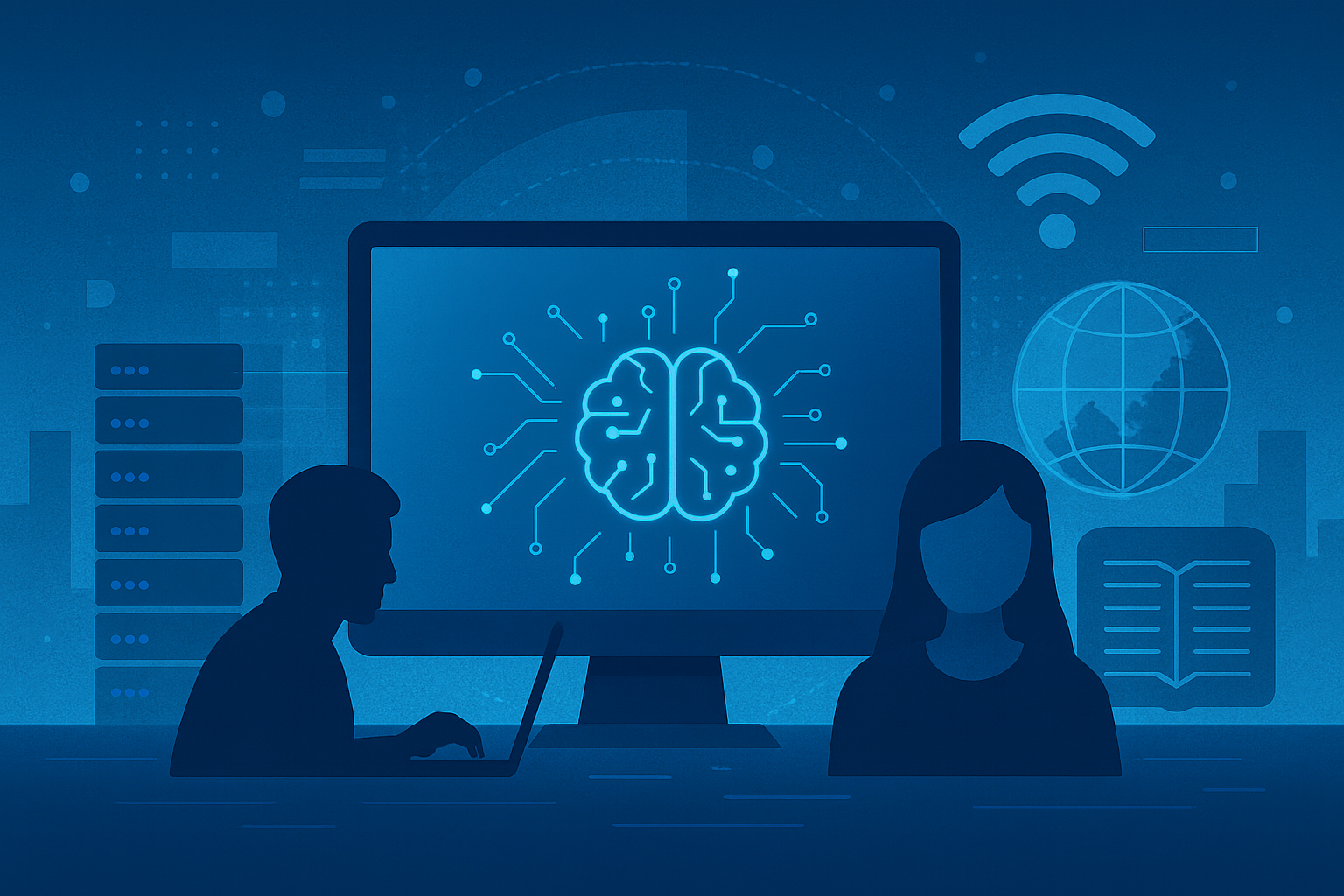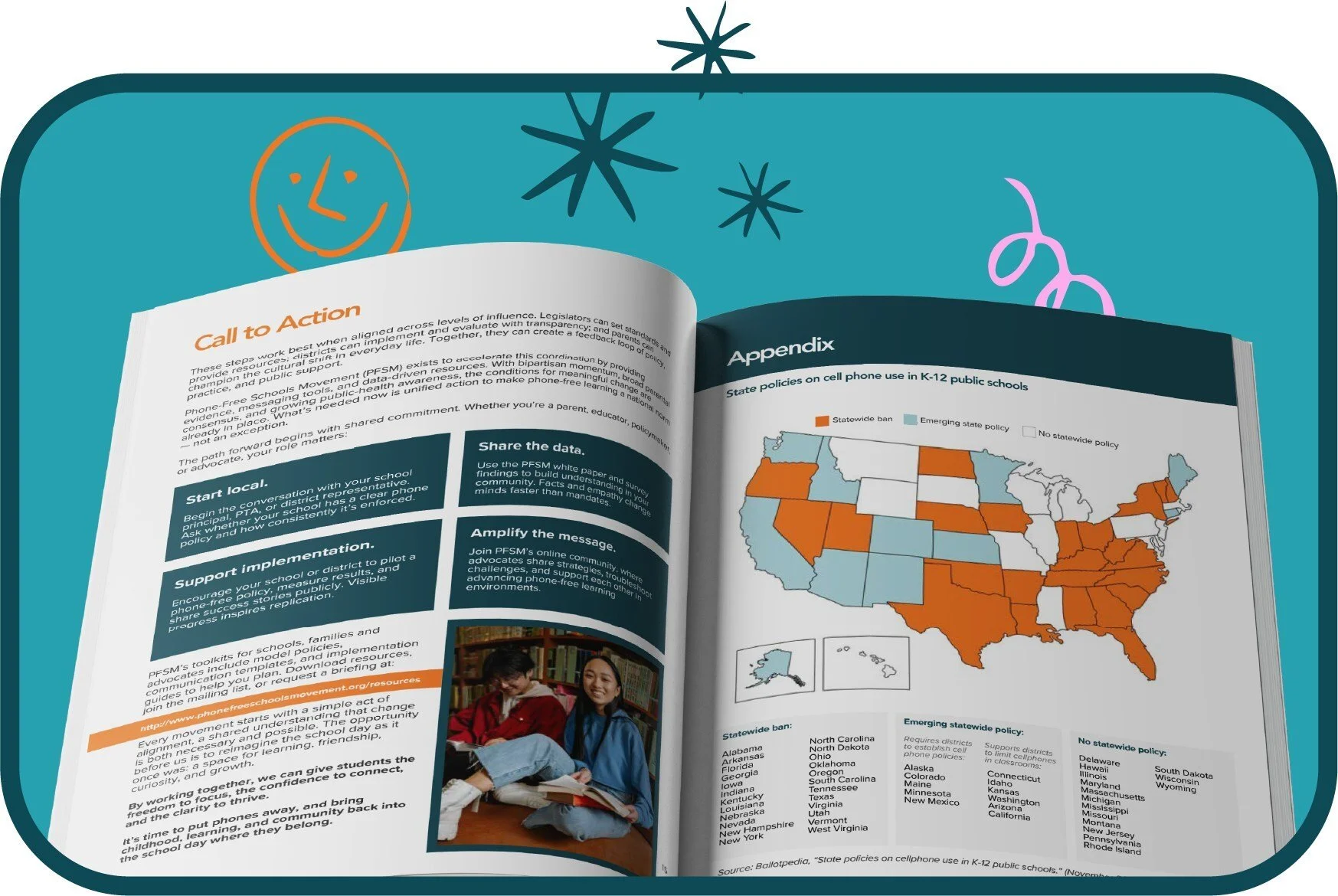U.S. Department of Education issues guidance on using federal funds for AI in schools
The letter clarifies how K-12 and higher education can integrate AI responsibly while maintaining educator oversight and student privacy protections.
The U.S. Department of Education has released new guidance confirming that federal formula and discretionary grant funds can be used to integrate artificial intelligence into education.
The guidance, issued on July 22, outlines approved uses of AI in classrooms and reaffirms the need for responsible adoption that supports teachers rather than replacing them.
Approved uses of federal funding for AI
Federal funds may support:
AI-based instructional materials that adapt in real time to individual learner needs and provide personalized content.
AI-enhanced tutoring systems, including hybrid models combining human tutors with AI tools to deliver targeted academic support.
AI platforms for college and career planning, including course selection, financial aid navigation, and predictive models to identify students needing additional help.
The Department emphasizes that all initiatives must comply with statutory and regulatory requirements.
U.S. Secretary of Education Linda McMahon says AI can improve outcomes if implemented carefully. “Artificial intelligence has the potential to revolutionize education and support improved outcomes for learners,” McMahon says.
“It drives personalized learning, sharpens critical thinking, and prepares students with problem-solving skills that are vital for tomorrow’s challenges. Today’s guidance also emphasizes the importance of parent and teacher engagement in guiding the ethical use of AI and using it as a tool to support individualized learning and advancement.”
Principles for responsible adoption
The guidance outlines five principles for AI integration in education:
Educator-led: AI must support, not replace, teachers and education leaders.
Ethical: Students should learn to evaluate AI outputs, use AI appropriately in social contexts, and develop digital citizenship.
Accessible: AI systems must include accommodations for learners and educators with disabilities.
Transparent: Parents and stakeholders should understand how systems work and be part of adoption decisions.
Data-protective: AI tools must comply with federal privacy laws, including the Family Educational Rights and Privacy Act.
Proposed supplemental priority for AI in education
Alongside the guidance, the Department announced a proposed supplemental grantmaking priority focused on advancing AI literacy and computer science education. The proposal encourages states and districts to integrate AI into teaching, support professional development for educators, and use AI to personalize learning while reducing administrative workloads.
The proposed priority has been published in the Federal Register for a 30-day public comment period, with final priorities to be announced after feedback is reviewed.
Linked to federal AI initiatives
The Department’s action follows President Trump’s April 23 executive order on advancing AI education for American youth. Alongside guiding schools on AI integration, the Department is exploring how AI can improve its own operations, including fraud detection and student aid services.
McMahon says the guidance balances innovation with oversight. “By teaching about AI and foundational computer science while integrating AI technology responsibly, we can strengthen our schools and lay the foundation for a stronger, more competitive economy,” she says.





















